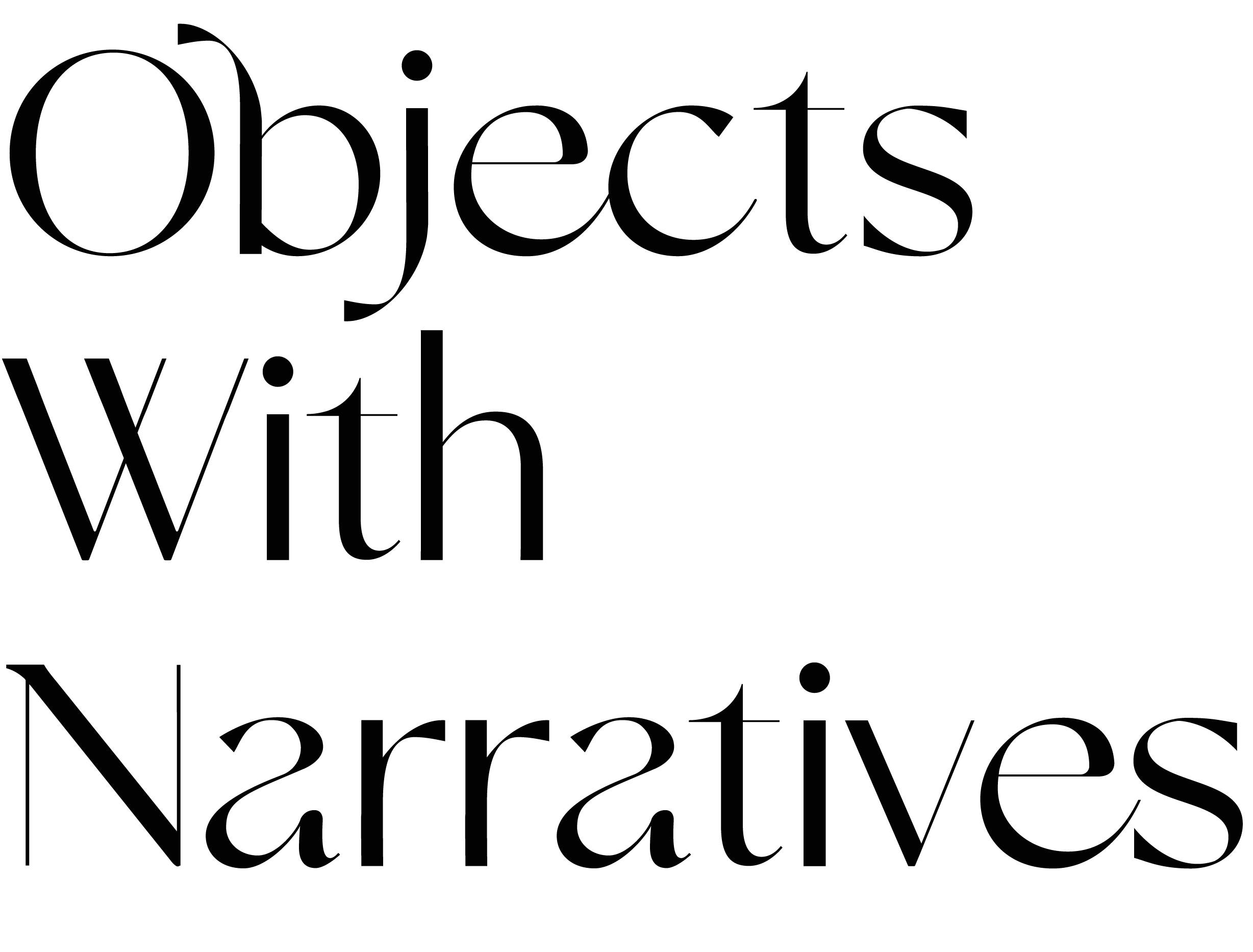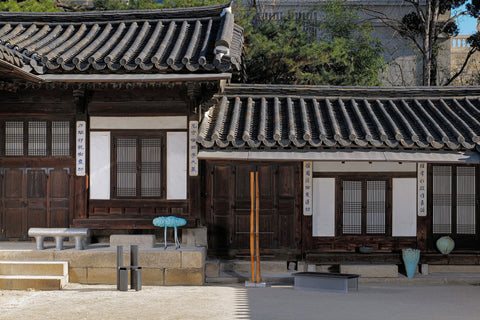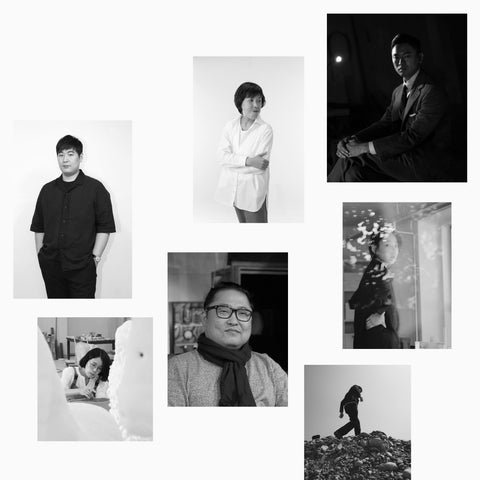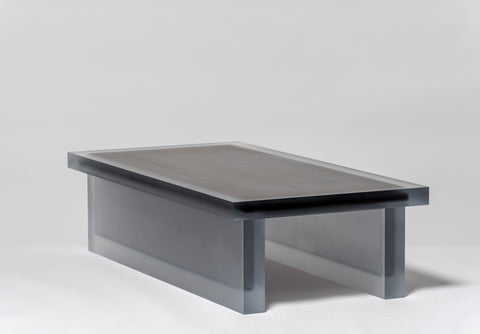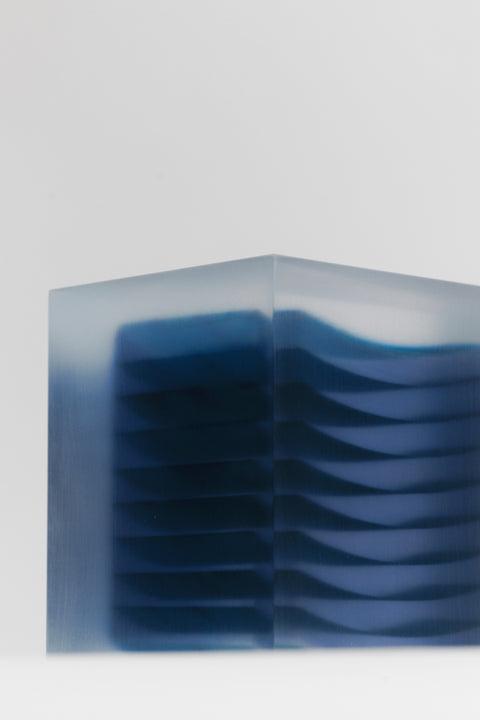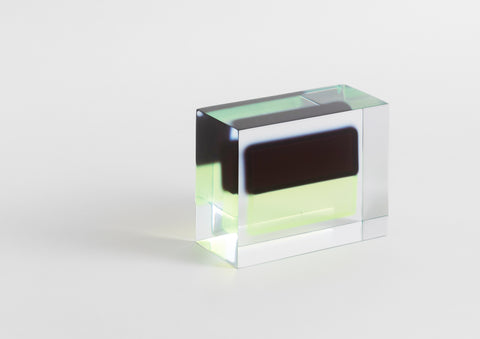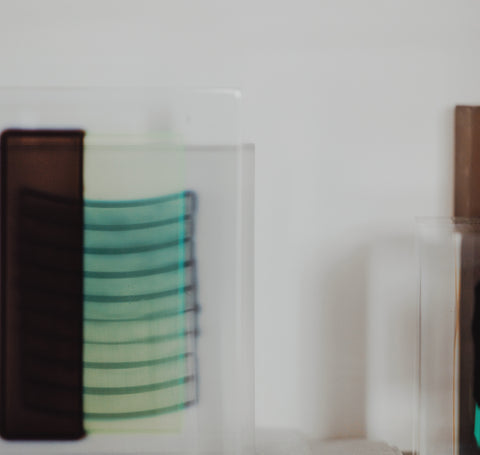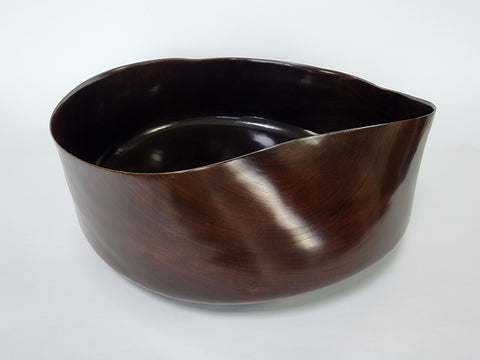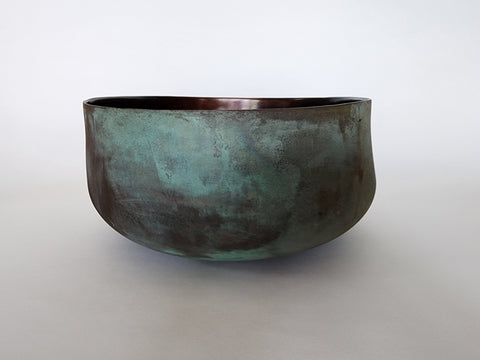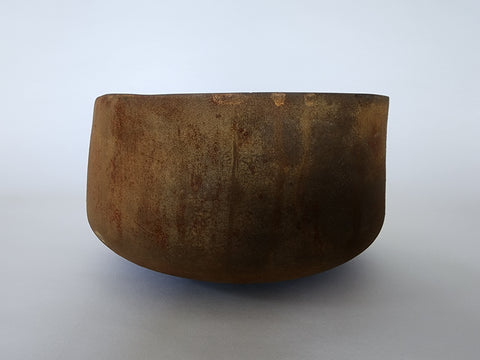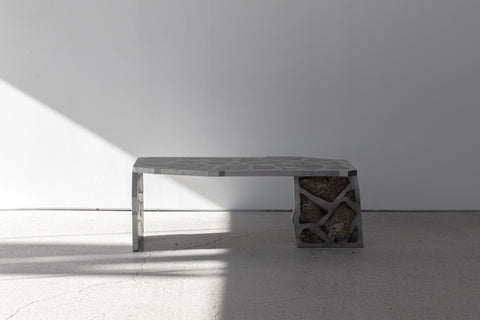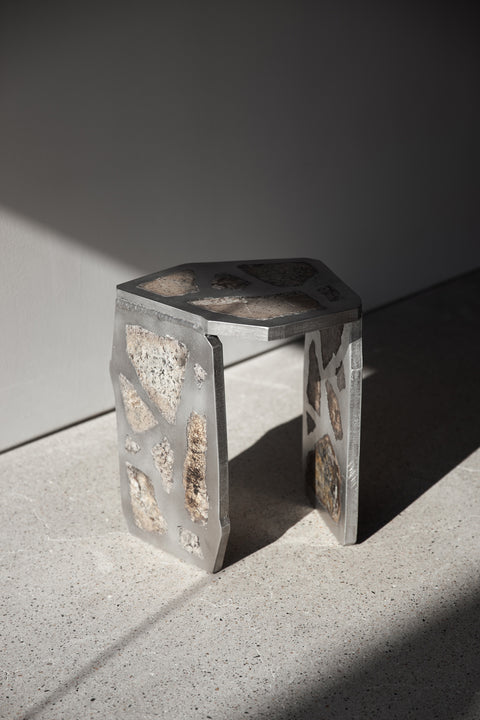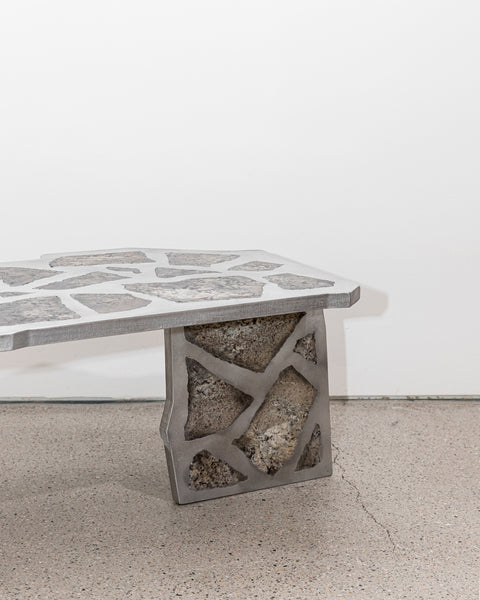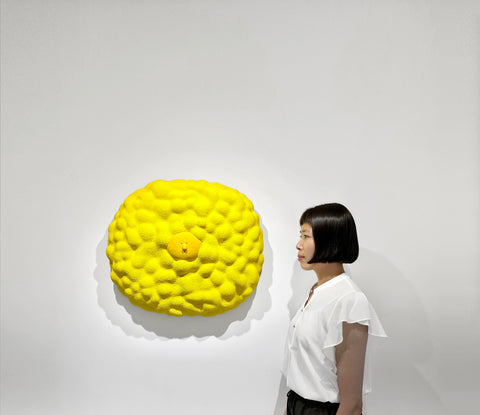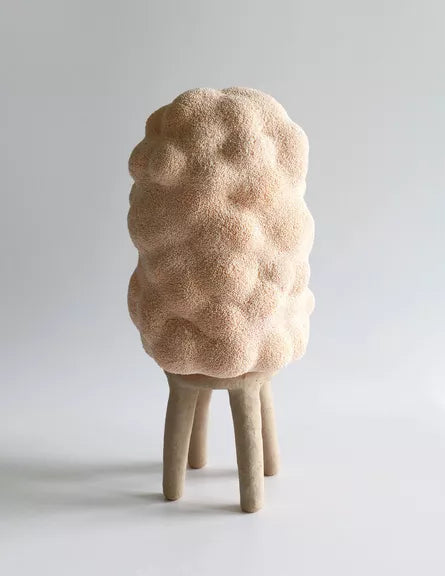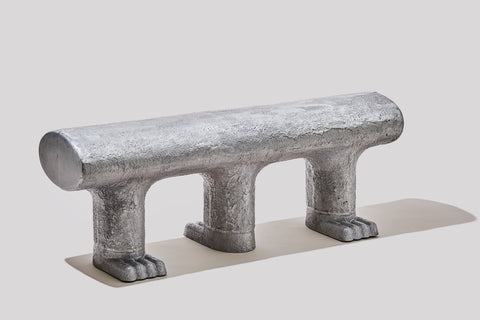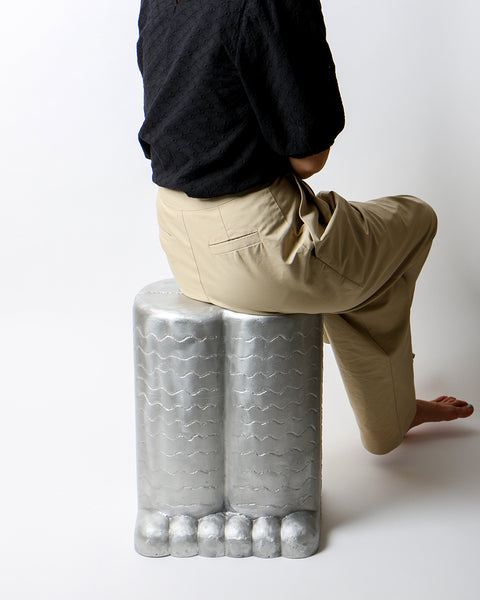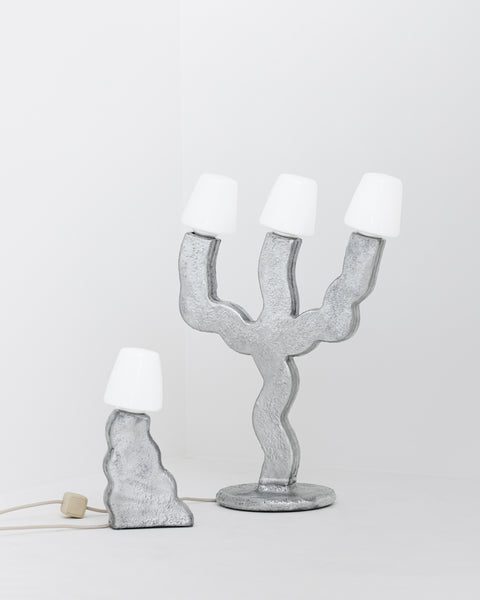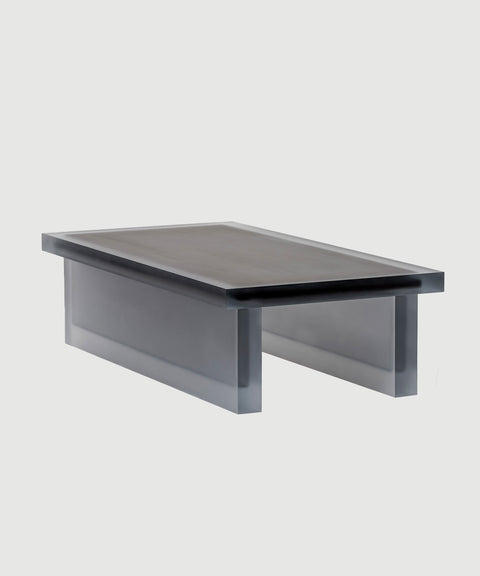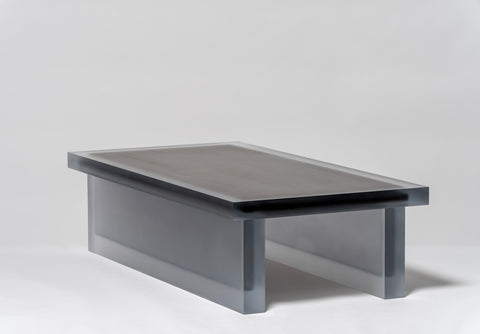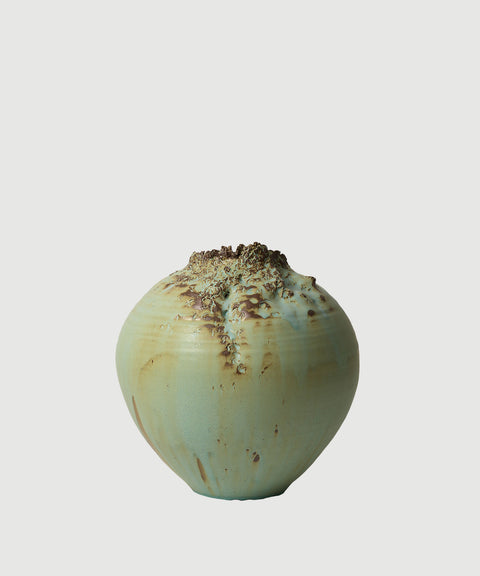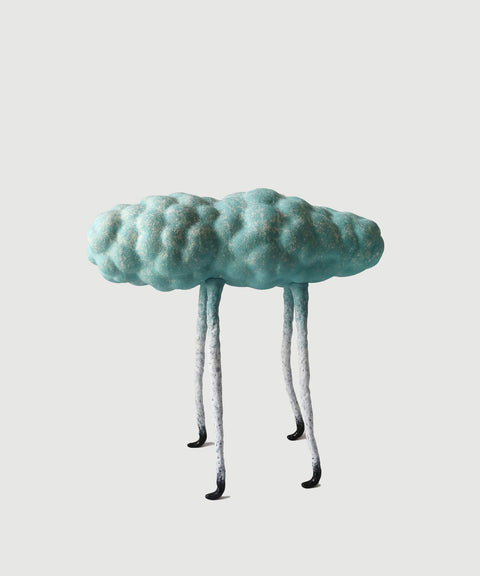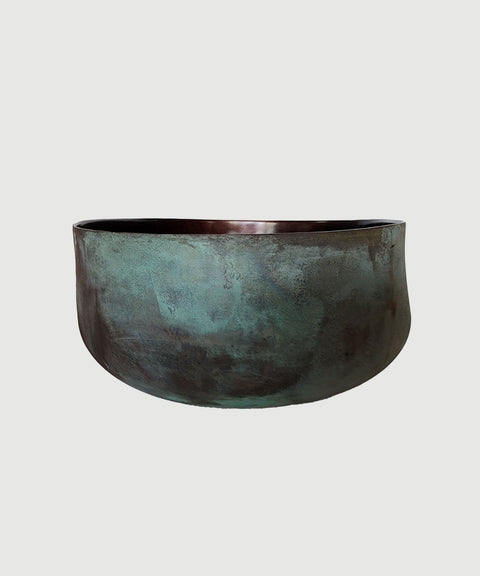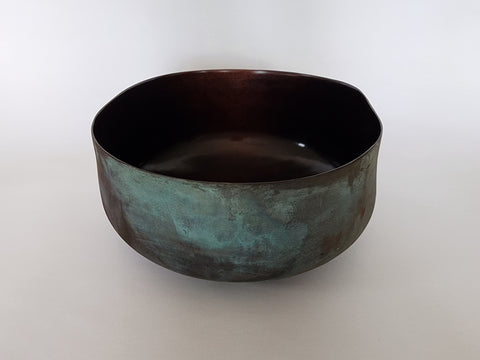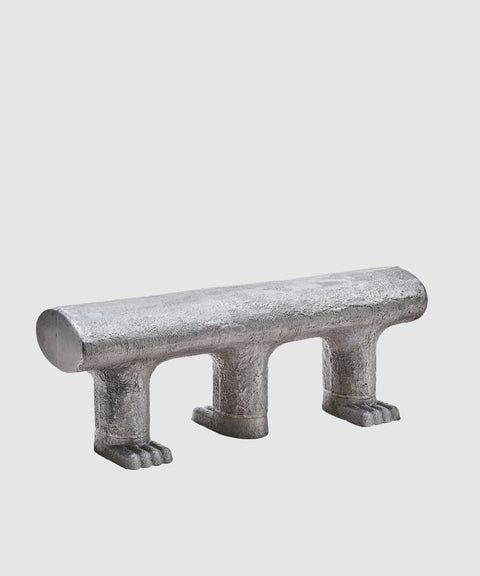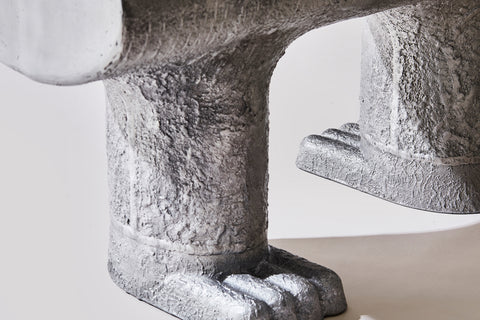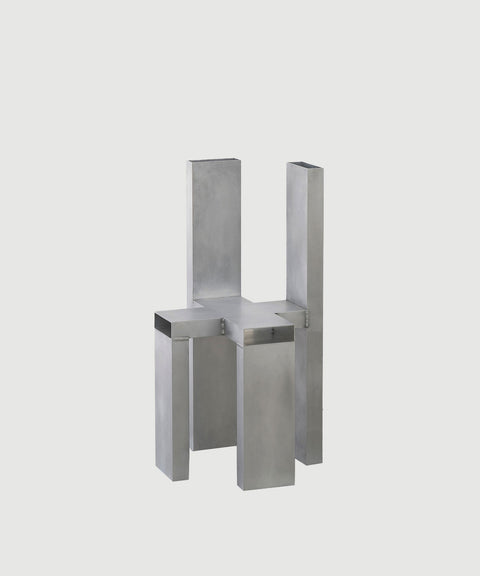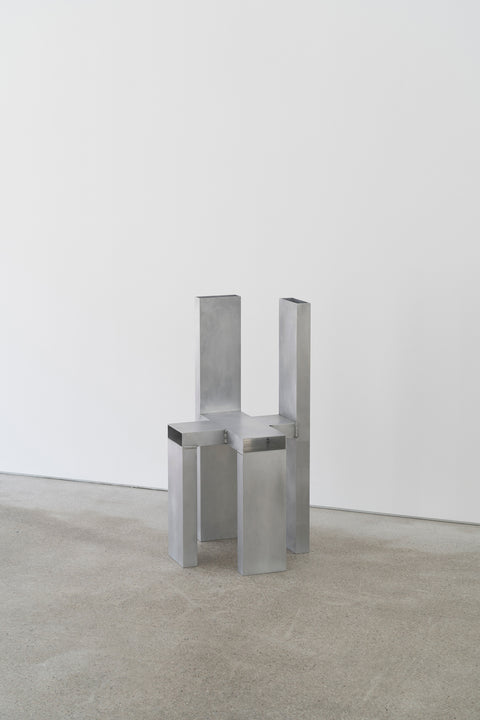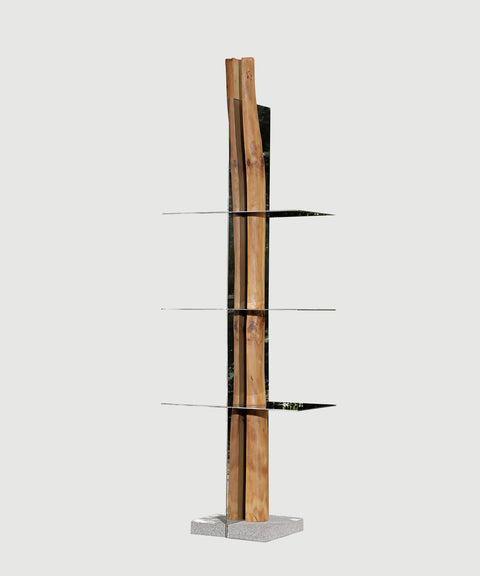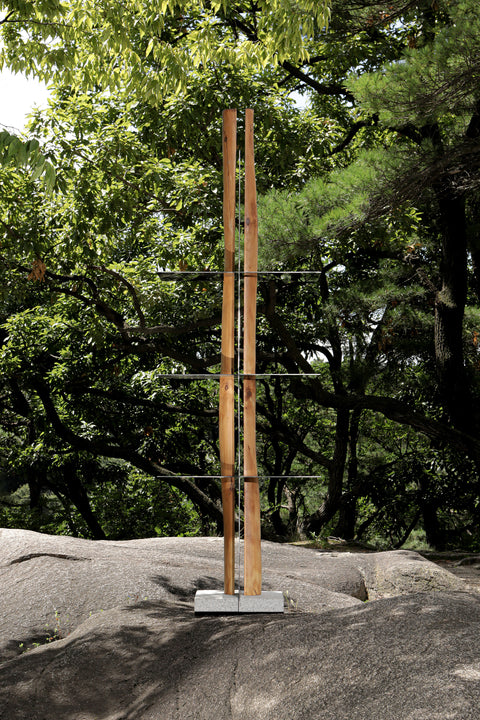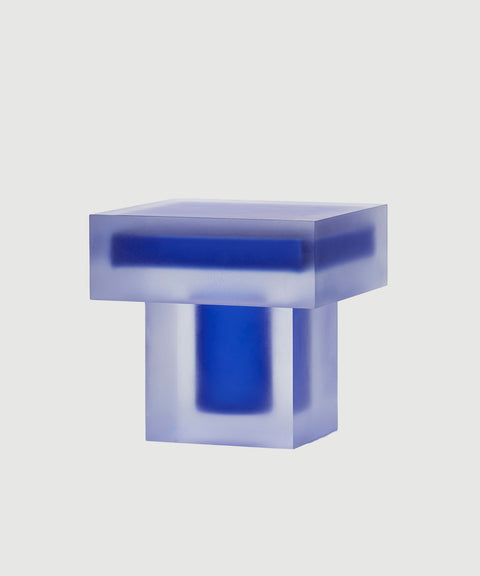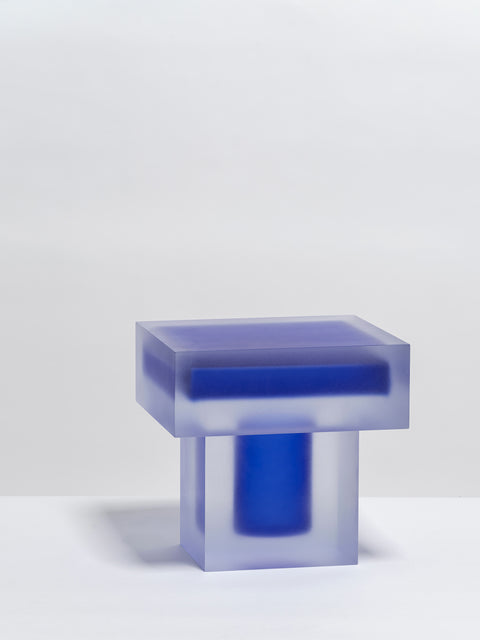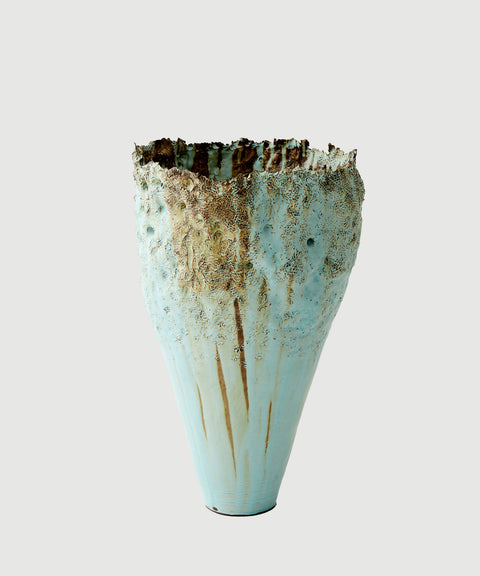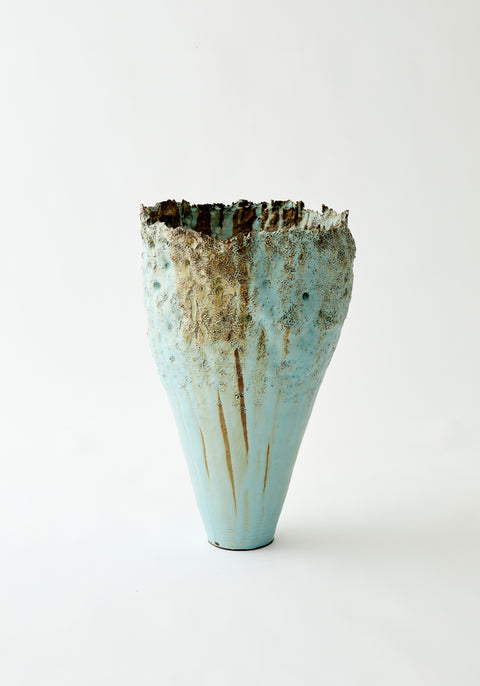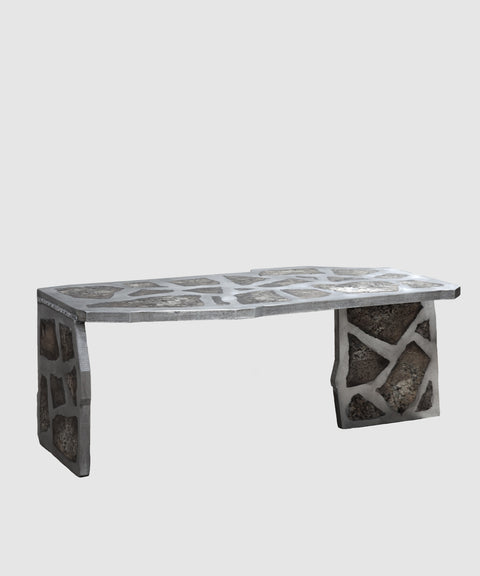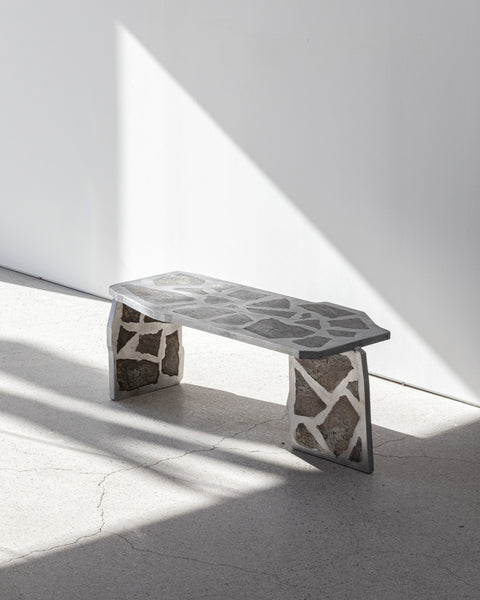OWN introduces the South Korea exhibition, our latest initiative in the ongoing mission to feature exceptional contemporary artists around the world. Since the beginning, our core commitment has been revolving around promoting artistic voices internationally and fostering cross-cultural appreciation by delving into local crafts, art, and design. While already representing an international roster of artists, this program focusses only on 1 place specifically.
For this occasion we've chosen the rising art scene of South Korea. Over half a year we have personally explored and connected with the local artisans, resulting in this curated exhibition that not only highlights their remarkable craftsmanship, relationship to history and innovation but also underscores the importance of cultural exploration. We invite you to join us on this artistic exploration and delve into the unique perspectives of these talented South Korean artists.
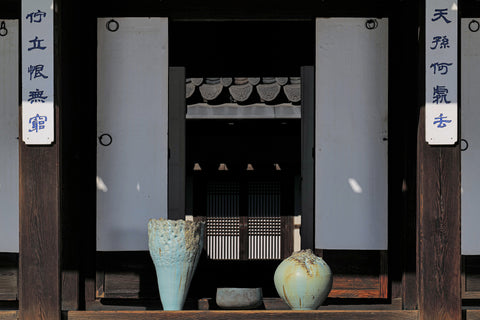
K-Craft
Korean Craft represents a new movement in the global art and design scene, spotlighting Korea's rich cultural heritage. Despite its tech dominated structures, South Korea boasts a deep-rooted tradition in art and design. The Korea Craft & Design Foundation -affiliated with the Ministry of Sports, Culture, and Tourism- successfully promotes its crafts and design on a global scale. The renewed interest in artistic exploration of blending the honoring of tradition with a simultaneous embrace of innovation, places Korea at the forefront of the craft movement.
South Korea positions itself as a global vibrant center for art and design, embracing quality, experimentation, contrasts and paradoxes in a unique and diverse way. From a new take on the classic ceramics by Hyejeong Kim; blending traditional and innovative techniques by Sukkeun Kang and Rahee Yoon; combining serious crafts through a playful implementation by Jung Jisook and Hakmin Lee; to confrontational relationships of the country's past and present, the natural and artificial by Lee Sisan and Shinkyu Shon.
Rise Above - Hyejeong Kim, The Earth's Language - Kang Sukkeun, Oriental Moon, Hyejeong Kim
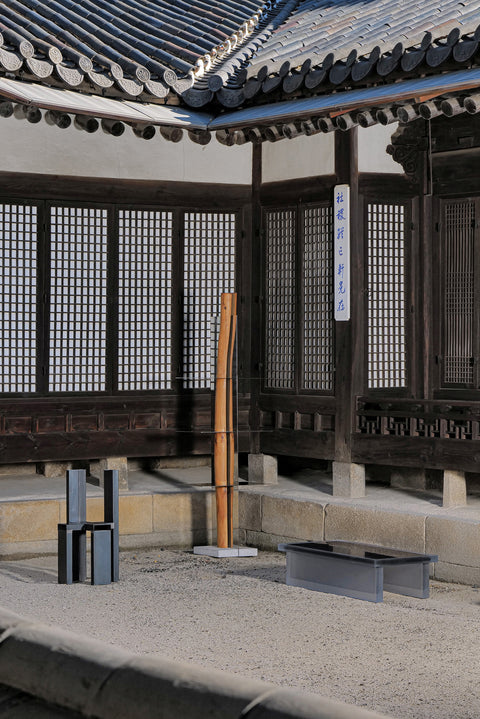
Unhyeongung palace
Unhyeongung palace is the former royal residence of Gojong, the last emperor of the Korean Empire during the Joseon Dynasty in the 19th century. They prohibited foreign trades and advanced culture from overseas keeping the traditional culture alive. This slowed down the syncretizing of Korean culture with Western culture afterwards.
This palace is a symbolic place to reflect how Korean and Western culture are currently coexisting where historical sentiment remains in a Western backdrop. A place embodying the contrast between tradition and innovation that serves as the stage for this exhibition.
Images by Sangpil Lee
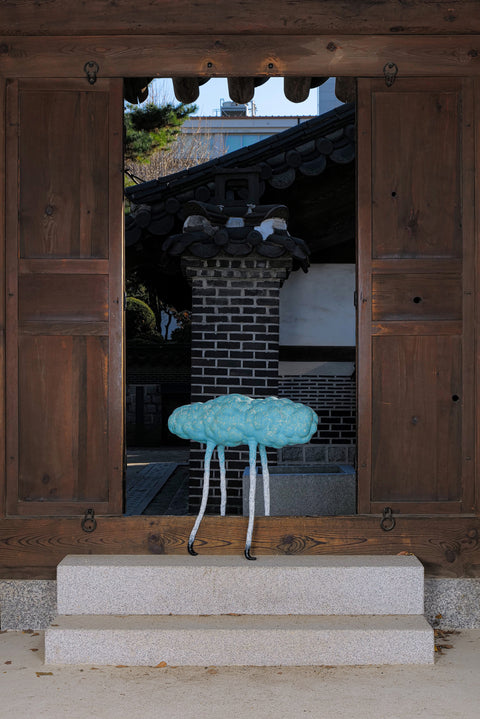
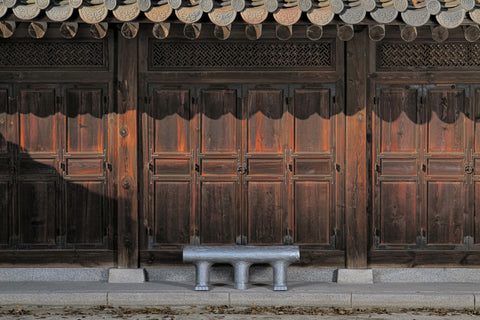
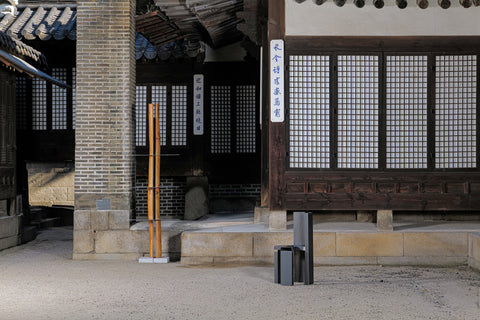

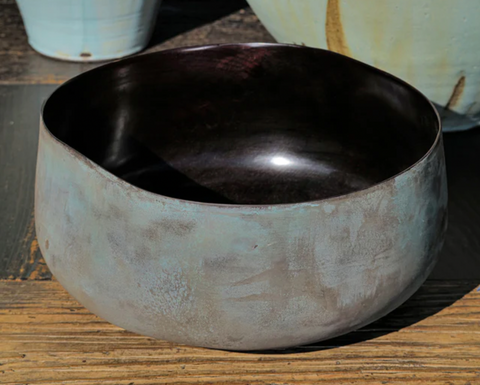

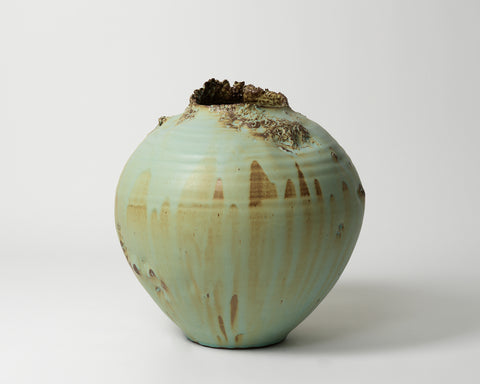
Hyejeong Kim
Hyejeong Kim’s work is rooted in the history of Chinese, Korean and Japanese ceramics yet influenced by modern ceramics of the United Kingdom.
As the winner of the 2022 Korea Craft Prize, finalist of the Loewe Craft Prize 2020, and twice winner of The Evening Standard Homes & Property Award – Best Domestic Product – at Chelsea Crafts Fair, Hyejeong is a well-established artist whose work is widely celebrated.
The wheel-thrown nature of her work yields organic forms, which she appropriately likens to the blossoming flowers or maturing of fruits. When not in the studio, this accomplished artist has lectured internationally for almost 20 years, with a PhD in Ceramic Art from Tokyo University of Arts.
“When I see my pots taking on organic shapes, they remind me of the similarities between the skin/pods and my pots. They divide the outside from the inside but allow both sides to communicate. The skin can be a metaphor for memories.”

Shinkyu Shon
In Split Series, I wanted to talk about Korea and visually express what people in the world want to understand and empathize with, not just those who live in Korea. Therefore I approached the unique historical context of Korea. Here, I use two different materials: wood and stainless steel mirror. The reason for using them is just not simply to acquire aesthetic beauty but to fuse distinctive features of each material. The wood used in these pieces was from a pine tree which was actually the main pillar of a Korean traditional house (Hanok) and it represents the natural beauty of Korea. The other material, Mirror Stainless, expresses the Western beauty of being straightforward and manmade.
We had cherished our own distinctive and gorgeous Korean beauty until Chosun dynasty. However, through the period of unstable Japanese colonial era, radial Western influences were prevalent and thus, there have been some occasions lacking in the balance of cultural aspects. In Japan’s case, they had sufficient time to blend Western culture so that they could keep their identity and accept the new Western design, thereby going on a complementary development. Yet, we have tried to understand modern Korean people and the traditional Korean design by drawing the traditional beauty of the past. Those two materials of wood and stainless steel, which were not tangible as separate entities, can be expressed as one beautiful aesthetic quality by conflicting and dividing. Unlike the wood of this work, stainless steel is mass production, uniform in number, and because it is one of the materials found by modern industrialization, it represents the western culture in this series. To maximize it, I emphasized one of the metallic features, reflectivity, and the horizontal verticality of the molding.
